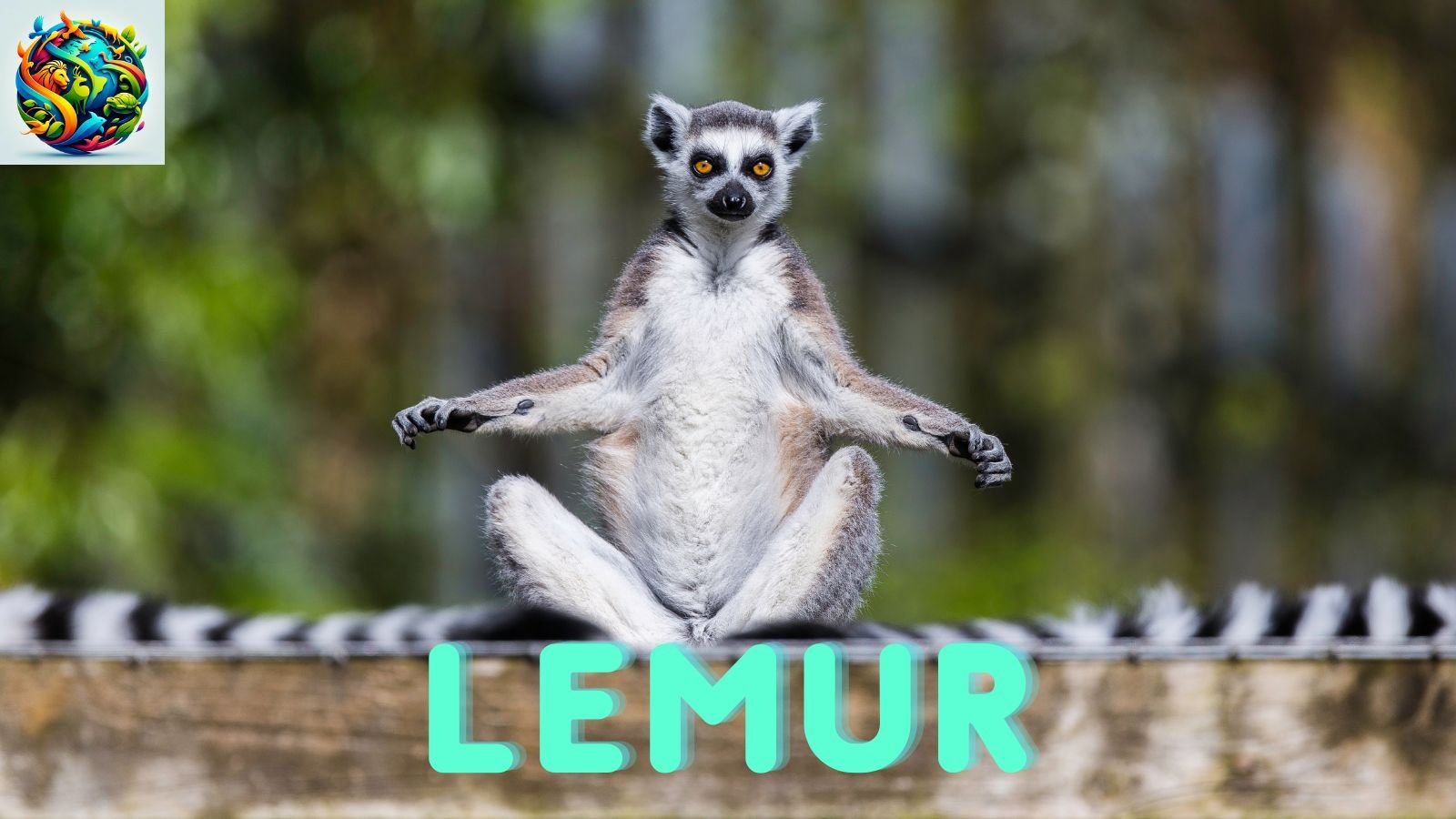Lemurs: Marvellous Primate of Madagascar
Introduction:
As a unique species endemic to the island of Madagascar and the nearby islands, they are some of the strangest-looking primates alive today for their large eyes, bushy tails, and idiosyncratic behaviour that makes them a prized possession of the island. They are often referred to as “living fossils” due to their resemblance with early primates that existed millions of years ago. They are the most interesting primate of Madagascar.
Amazing facts:
- Tree huggers: Most species of them are arboreal, meaning they live in the trees.
- Omnivorous diet: eating flowers, fruits, and leaves along with a few insects.
- Astounding fact: All nocturnals have enlarged eyes to assist them in lowlight settings.
- Nocturnal and Diurnal: Best of all, Various species have evolved to be active both day and night.
- Long Lifespan: Some species have a longer lifespan of 30 years in captivity.
- Social Creatures: They have social groups called troops, and some species consist of 30 individuals.
- Scent Communication: Scent glands are one of the main methods of conveying messages and marking a region or territory.
- Critically Endangered: Most of their species are critically endangered because of the loss of their habitats.
Habitat and Food:
They inhabit Madagascar, and they live in different environments:
Habitat:
- Rainforest: This place is the habitat of Indri and bamboo lemurs.
- Dry Deciduous Forest: This forest type, Lemurs levaillanto, has its habitat.
- Spiny Forests: Southern Madagascar is home to arid Spiny Forests.
- Mangroves: certain species inhabit coastal areas.
Diet:
They are omnivores, meaning their diet depends according to each species.
- Fruits and Flowers: Best suited for frugivorous species.
- Leaves: Main food for leaf-eating or folivorous lemurs.
- Insects: Useful for fuelling small species who need extra protein.
- Tree bark and sap: eaten during lean seasons.
Appearance:
They have some features that set them apart from all other primates in the world.
- Size: From a large Indri weighing up to nine kilogrammes to a three-gram mouse lemur.
- Fur: coat colour varies from grey possessed by ring-tailed lemur to black and white ruffed lemur.
- Eyes: With a unique design for minimal light, the size of their reflective eyes enables them to see in the dark.
- Tail: bigger than their body; this helps them in balancing whenever they climb trees.
- Hands and Feet: They can grasp with the use of thumbs and big toes.
Types/subspecies of them:
Mentioned below are types and subtypes and their not-so-famous names.
Ring-Tailed Lemur:
- They have tails with a distinct pattern of black and white stripes.
- They inhabit dry forest regions.
Indri:
- The biggest known Indri lemur, which is still alive.
- Known for loud, wailing calls.
Aye-Aye:
- They are nocturnal and very agile; they possess an elongated finger perfect for grabbing insects.
Sifakas:
- They are well recognised for their “dance-like” movements done while on their feet.
- Includes Verreaux’s sifaka.
Mouse Lemurs:
- They are adult females and the smallest primates in the entire world.
- Nocturnal and tree dwelling:
Ruffed Lemurs:
- They live in a canopy of trees due to the fact that they have thick fur that helps them cope with extreme temperatures.
Bamboo Lemurs:
- They can eat bamboo because they have specialised jaws that allow them to crush it.
Predators and Threats:
Natural Predators:
- Fossas: The loser of the fossa cat fight is the dominant predator residing in Madagascar.
- Snakes: Feed on pygmy lemurs.
- Birds of Prey: With the exception of Hawks and Eagles.
Threat:
- Illegal Logging: Farming and expanding settlements unnecessarily destroys these creatures homes.
- Bushmeat: They are put into captivity only to be slaughtered for their meat.
- Pet Trade: They are unsupervised captured for the exotic pet market.
Mating and Reproduction:
Reproductive practices of them are of peculiar nature:
- Breeding Season: They can breed at least once, and it can be triggered seasonally in some species.
- Gestation: 60 to 150 days.
- Offspring: On average, one or two offspring, although some species can go higher.
- Parental Care: Mothers are the main carers, but some species are social and share the care.
- Maturity: Roughly, 2-3 years in age.
How do they communicate?
They can express their emotions differently:
Vocalisations:
- Indri Calls: Very loud vocal cries produced during territorial claims.
- Grunts and Chirps: The ring-tailed lemur is known to grunt and chirp.
- Alarm Calls: They also send out alarm calls a few moves before predation is attempted.
Scent Making:
- Both males and females scent mark as a means of asserting their territory.
Body Language:
- Anger is expressed through tail flicks and unique body postures.
Movies featuring Lemurs:
- Madagascar (2005): An animated flick with a cast including King Julien, a ring-tailed lemur who is King of the them.
- Penguins of Madagascar (2014): This IMAX documentary is about lemurs and those who study them.
- Attenborough and the Giant Egg (2011): This documentary depicts efforts toward global environmental preservation.
How would you pronounce it?
- English: Lee-mer
- French: Lémur
- Spanish: Lémur
- German: Lemur
- Malagasy: Gidro
- Japanese: リムール (Rimūru)
- Chinese: 玫兒猴 (Méiěrhóu)
- Hindi: लीमूर (Leemur)
FAQs:
Q: Where do they live?
A: They are native to Madagascar, along with some outlying islands.
Q: What do they eat?
A: Typically, they are omnivores living off a diet of fruit, vegetation, flowers, and insects.
Q: Why are they endangered?
A: The main danger to them comes from loss of habitat, hunting, and illegal trade of pets.
Q: How do they communicate?
A: They communicate through vocal calls, scent markings, and body movements.
Q: Are they social animals?
A: Yes. Most of them live together in a social core called a troop.





Wow! Thank you! I constantly wanted to write on my site something like that. Can I include a part of your post to my website?